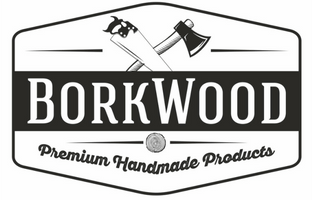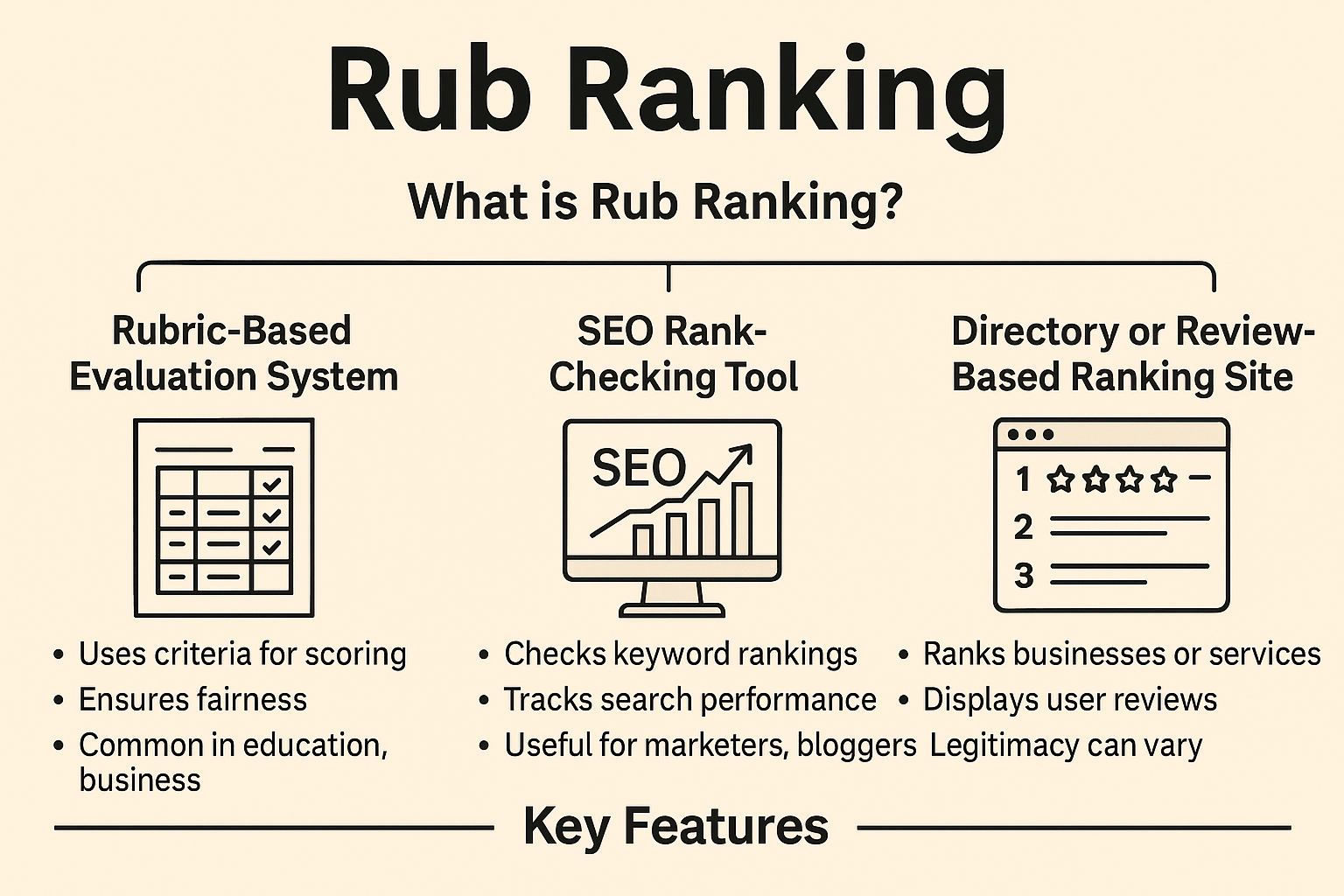How to Build a Web Scraper: Tools, Techniques, and Best Practices
Data collection through automated means is essential for gaining a competitive edge and making data-driven decisions in today’s businesses. Utilized for tasks like price monitoring and market research, web scraping delivers insights that manual methods cannot match. This guide covers the essentials of crafting effective scrapers, including the selection of appropriate tools and the application of industry best practices, highlighting the importance of web scrapper software.
Choosing the right tools
Tool selection forms the foundation of any successful web scraping project. The right choice can mean the difference between a reliable, maintainable solution and a constant source of technical problems. Web scraping tools have evolved significantly over the past decade, with options now available for every technical skill level and project requirement. Understanding the available options helps teams make informed decisions that align with their capabilities and objectives.
Types of scraping tools
Different scraping tools serve different purposes, and understanding their strengths is crucial for project success. Programming libraries provide maximum flexibility and control, allowing developers to handle complex scenarios and implement custom logic. Browser automation tools excel at handling modern web applications that rely heavily on JavaScript. Ready-made solutions offer quick implementation for straightforward scraping tasks without requiring extensive programming knowledge.
Let’s examine each major category in detail:
Programming libraries
Browser automation frameworks
Visual scraping tools
Cloud-based solutions
Custom-built scrapers
Each of these approaches has proven successful in specific scenarios, and many organizations use a combination of tools depending on their requirements.
Tool comparison
Selecting the right tool requires careful evaluation of multiple factors. Contemporary web scraping tools differ significantly in their capabilities, learning curves, and resource requirements. A tool that works perfectly for one project might be completely unsuitable for another. The key lies in understanding your specific requirements and matching them with the right solution.
Popular solutions overview
Current market leaders have earned their positions through continuous development and proven reliability. BeautifulSoup and Scrapy dominate the Python ecosystem, offering different approaches to data extraction. Node.js developers often rely on Cheerio for static content and Puppeteer for dynamic sites. Commercial solutions like Octoparse and ParseHub provide comprehensive features for non-technical users.
Step-by-step scraper building
Building a web scraper requires careful planning and systematic implementation. This process involves multiple stages, each crucial for the final success of your scraping project. Organizations that follow a structured approach typically experience fewer issues during deployment and maintenance. Professional scraper development follows established software engineering principles while accommodating the unique challenges of web scraping.
Planning and requirements
Thorough planning sets the foundation for successful scraper implementation. Begin by analyzing target websites and documenting their structure, behavior, and any potential challenges. Consider factors like site stability, data format consistency, and update frequencies. Map out the exact data points needed and their locations within the source pages. Document any special requirements like authentication or session handling.
Environment setup
A proper development environment significantly impacts project success. This stage involves more than just installing necessary software – it requires creating a complete ecosystem for development, testing, and deployment. Consider version control, dependency management, and testing frameworks. Establish logging and monitoring solutions early in the process.
Basic scraper implementation
The core implementation phase focuses on building reliable data extraction mechanisms. Start with simple, well-structured code that handles basic scenarios correctly. Implement proper error handling and logging from the beginning. Create a modular design that separates concerns and allows for easy maintenance and updates.
Testing and validation
Testing web scrapers presents unique challenges compared to traditional software testing. Network conditions, website changes, and varying data formats all impact scraper reliability. Implement comprehensive testing strategies that cover both technical functionality and data quality. Create automated tests that verify your scraper’s behavior under different scenarios. Monitor scraping success rates and data accuracy continuously to catch issues early.
Deployment process
Deploying a web scraper requires careful consideration of infrastructure and monitoring requirements. Establish clear deployment procedures that include backup strategies and rollback capabilities. Implement monitoring systems that track scraper performance and data quality. Create documentation that covers both technical details and operational procedures. Regular maintenance schedules help prevent degradation of scraping efficiency.

Implementing best practices
Professional web scraping operations require adherence to established best practices. These practices ensure reliable operation while maintaining good relationships with target websites. Organizations that follow these practices typically achieve better long-term success with their scraping projects.
Code organization and error handling
Well-organized code significantly improves maintainability and reliability. Structure your scraper into logical components with clear responsibilities. Implement comprehensive error handling that can manage both expected and unexpected failures. Create detailed logging that helps diagnose issues quickly. Maintain clean separation between scraping logic and data processing.
Performance optimization
Optimizing scraper performance requires balancing speed with reliability. Consider these critical factors:
Resource utilization efficiency
Network request optimization
Data storage strategies
Memory management
Processing pipeline optimization
These optimizations should be implemented gradually, with careful testing at each stage.
Real-world examples
Real-world scraping projects illustrate how these principles work in practice. Understanding these examples helps teams avoid common pitfalls and implement successful solutions. Each example demonstrates different aspects of professional scraping operations.
E-commerce monitoring
A major retail analytics firm successfully implemented a distributed scraping system monitoring over 500 e-commerce sites. Their solution processes millions of product pages daily while maintaining high accuracy. The system automatically adjusts to website changes and handles various anti-scraping measures effectively. Regular data validation ensures accuracy for business decision-making.
Market research applications
Investment firms regularly employ web scraping for market intelligence gathering. One firm’s system collects data from thousands of news sources and social media platforms daily. Their implementation combines multiple scraping techniques to handle various content types effectively. Sophisticated data processing pipelines transform raw scraped data into actionable insights.
Conclusion
Building effective web scrapers requires careful attention to tools, techniques, and best practices. Success comes through systematic implementation and continuous refinement of your approach. Remember that web scraping is an iterative process – start simple, test thoroughly, and gradually enhance your solution as needed.







